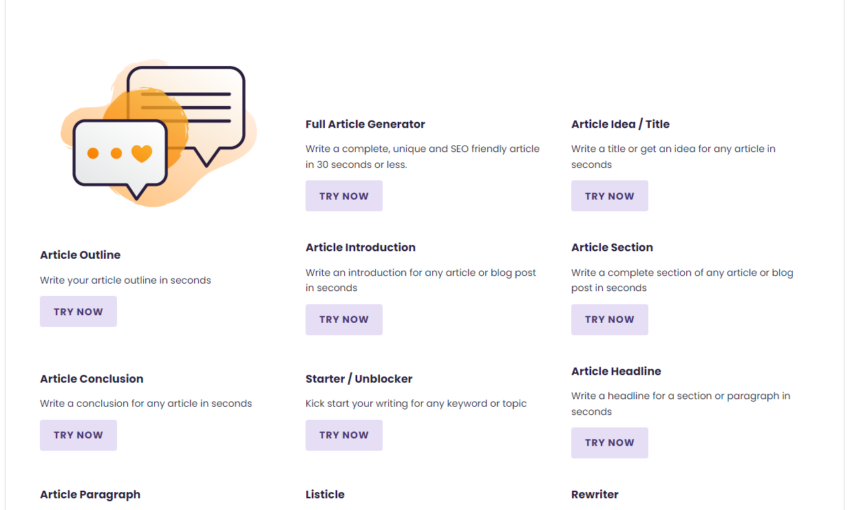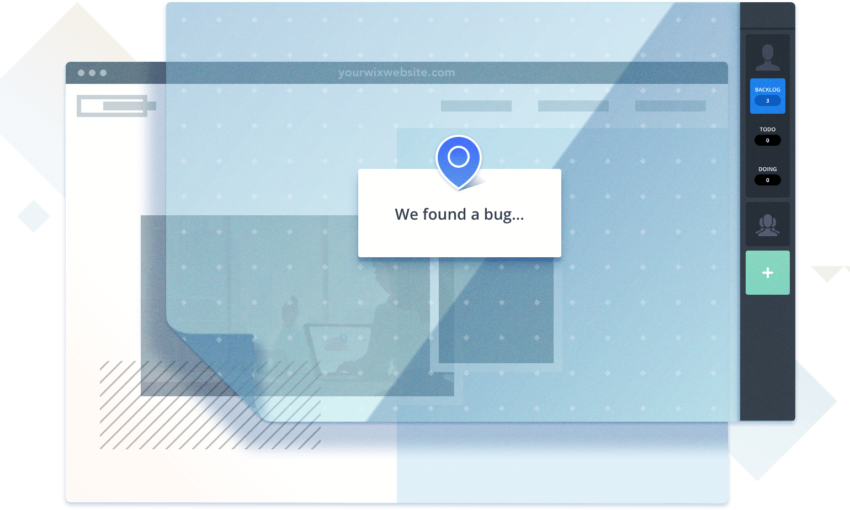If you’ve been in web design for a while, you know the feeling of a client trying to push more and more work on you. It happens slowly, but you soon start wondering what you signed up for.
Is it all worth it? Could I have charged more for this? Should I drop this client?
Sometimes this stress comes from your client asking for too much. Yet, other times it’s because of a lack of time management, or a web designer attempting to take on too much at one time.
This general definition is what we call scope creep, and it can be devastating to a web design business.
The Freelance Designer Toolbox
Unlimited Downloads: 500,000+ Web Templates, Icon Sets, Themes & Design Assets
All starting at only $16.50 per month
What Exactly is Scope Creep?
The term scope creep isn’t reserved only for web design. In fact, you could pretty much apply it to any project in any industry. The real definition involves the overall magnitude of a project creeping past the original objectives.
So, you might be working on a website. Let’s say you set some goals to have it done in a month. The website is a small eCommerce site with ten products and some email marketing tools for abandoned carts. The client also wants to have a blog and a nice homepage.
This all sounds manageable when reviewing the initial goals. But what happens when, all-of-the-sudden, you’re still chipping away at the design after two months? What happens when the site has become more of a large, complicated eCommerce store as opposed to that simple one you talked about with the client?
These are examples of the very definition of scope creep. Scope creep is lengthy, expensive, tedious, and time-consuming.

How Can You Avoid Scope Creep?
Removing all scope creep is impossible, but you can put forth some efforts to nearly remove it from your life. The reason for this is simple: The well-being of your company depends on it. Also, if you’re working for a firm you have a much better chance of keeping your job if you can keep that scope creep in check.
So, what can you do to avoid scope creep?
1. Set Extremely Clear Expectations with the Client
This is why it’s so important to meet with or speak with the client on the phone. These meetings allow you to specifically outline what is going to be done with regards to the web design and how long it’s going to take. Then, make them realize that no large changes can be made after that meeting.
2. Assign Deadlines and Stick to Them
If you need ten deadlines throughout the month, set them. You should at least have two or three throughout the course of a project. This way, you’re looking forward to smaller goals and not stressing about the final website.

3. Set a Must-Finish-By Date
Deadlines are one thing, but the “deliver-by” date is another. There should be very-little-to-no compromising with this. If you miss your first deadline goal in the project, that’s no problem. You can catch up. But the final date should always remain the same.
4. Make a Contract
It’s one thing to speak with your client, but you’re better off asking them to sign a written agreement about your terms. This should include everything from the deadlines to the amount you plan on getting paid.

5. Allow Yourself to Make Mistakes
If you don’t allow for a few small instances of scope creep to happen within your project, you’ll start to get a sense of constant failure. Why? Because some scope creep is inevitable during all web design projects. Therefore, it’s essential to tell yourself that you’re willing to let three or four instances go by. That way, you’re not beating yourself up about the failures.
Are You Ready to Stop Scope Creep?
From setting deadlines to signing a contract, these are just a few of the ways you can limit your scope creep. If you have any other thoughts about ways to limit scope creep, let us know in the comments section below.
This post may contain affiliate links. See our disclosure about affiliate links here.




